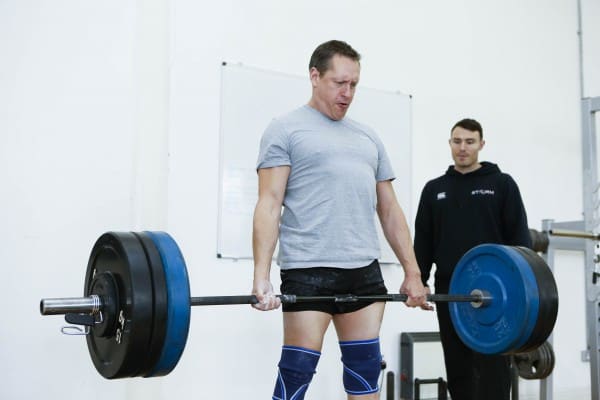Biological Ageing vs Innactive Ageing
Often when I speak to people in their 40’s and 50’s and I tell them I am a coach they tell me about all the stuff they can no longer do, or pains they now have, but they say;
“Nothing I can do about it because of my age”
They could… if they chose to… feel SO much better! If only they had an open mind to training and nutrition and were willing to invest a little time into knowing how to look after themselves properly. They could actually reverse a lot of the issues they face.
1) “As I get older I don’t seem to sleep as well”
Us homo sapiens have a clever thing called circadian rhythm which helps us to know when to sleep and when to be alert.
It could be described as a time schedule for when hormones that effect our mood and level of alertness rise and fall and a complete cycle when tested in control trials tends to last about 24 hours and 15 minutes.
However in daily life (when we are not fasting or deep underground in complete darkness like those in the controlled trials) we use the time at which we eat (related to the “hunger hormone” ghrelin’s release) and sunlight to reset our rhythm to fit in with our daily schedule and environment.
When a baby is born it doesn’t have an effective circadian rhythm. Friends and family of mine who have successfully got their children sleeping well from an early age think it is down to getting their child into a routine.
They would be right!
A regular schedule of eating times and bed times helps babies to build a circadian rhythm and they sleep better and have a better mood as a result.
We are no different, you only need to try working night shifts or fly to and from the US in a space of 5 days to know how things quickly get messed up!
I can’t think of one person I have trained who hasn’t benefitted from getting things into some kind of schedule, we just seem to work better that way.
2) Joint pain
Not all pain in your joints is created equally. Sure there are things like arthritis, chronic pain etc but even if you have these conditions you can significantly reduce the symptoms with better nutrition practices and learning to release tension in your muscles.
In terms of nutrition…
Our aim should be to completely irradiate all inflammation but rather to have peaks in inflammation that surround training and then for that inflammation to drop to baseline after 48-72 hrs. Those who train will generally see higher peaks in prostaglandins (part of the inflammatory response to exercise) but a lower baseline.
Foods can contain a naturally low inflammatory qualities like spinach, broccoli, peppers, courgettes, green beans, eggs, asparagus and the best of the bunch…(drum roll) curcumin found in Turmeric. Try and include these foods readily on rest days or your meals that are not close to training.
As an aside there is some evidence to suggest that those who train have a higher threshold for pain than those who don’t, although the research into the phenomena of pain itself is going through change at the moment and more research is needed.

Firstly let me say that this is a very real problem of ageing and unless you take action it will only get worse.
When we age our weight bearing muscles that are involved in extending joints start to waste away.
The main culprits for this are the quads (muscles in the front of your thigh) the glutes (your ass) and your lower back, this makes it difficult to maintain an erect posture for any length of time.
In order to counter act this we need to pack more sarcomere in series (posh way for saying getting more muscle tissue )into the places that are wasting away.
The challenge is in order to do this you need to lift weights and you might be concerned that if you start lifting heavy weights you will put pressure on your joints and end up injured.
I would tend to agree with you.
This is why I get the guys I work with in their 40’s and 50’s following weight training programs that focus on keeping muscles under tension for 50-70 seconds per set. I place more focus on the quality of the movement and the contraction than on the weight on the bar, that will take care of itself.
I also adjust the average training load to about 75% instead of the average of 85% that I use for younger guys and girls I train.
I have found this stops guys experiencing as much training soreness and it stops them from having those days where they feel they are just not able to train. One such guy is now squatting his previous 1 rep maximum for 8 reps when we have not lifted under 4 reps for 6 months.
Also…Learn to loosen tight muscle tissue!
A good PT or strength coach will be able to show you how to do this or you could search for “Kelly Starrett” online who has made a living from showing people how to get limber again!
If you have any thoughts you’d like to share as ever feel free to comment below. If you want to get in touch you can reach me on info@storm-fitness.com
Spence.

